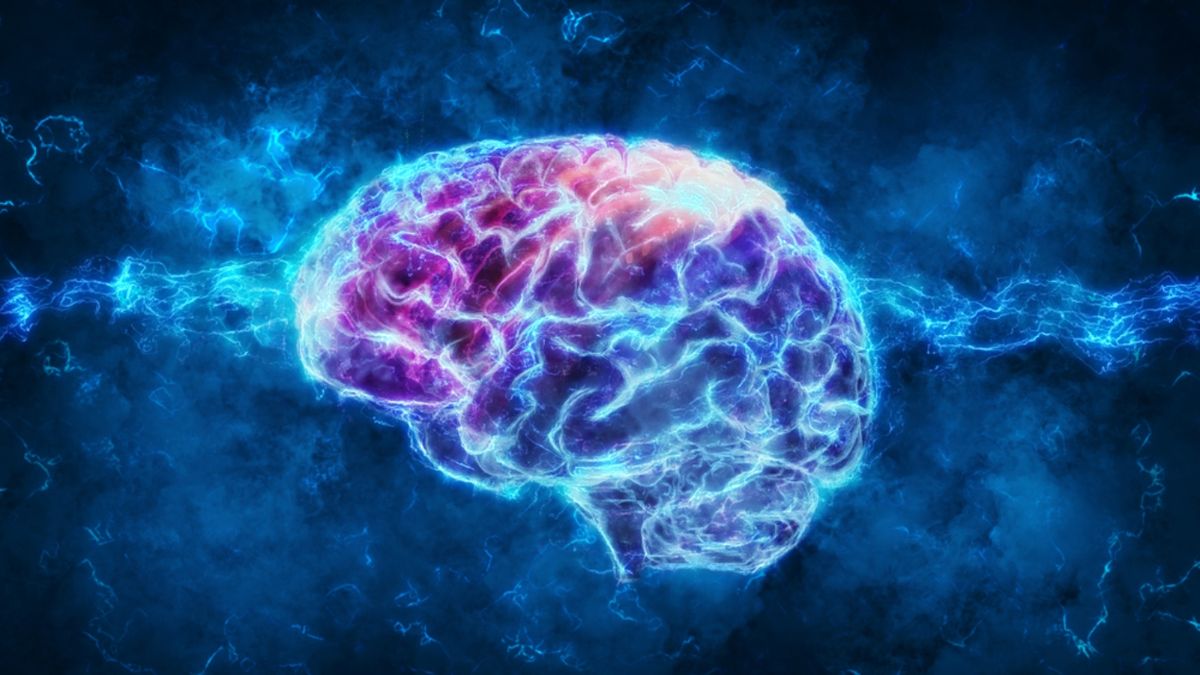Morphine, ayahuasca, fentanyl or cannabis are the drugs whose effect they try to imitate, although these sound files are available to anyone. You only need headphones and an internet connection, where there are, both free and paid, thousands of binaural pulses or binaural beats.
BINAURAL PULSE
For example, if a 530 Hz pure tone is presented to a person’s right ear, while a 520 Hz pure tone is introduced to the left ear, the listener will perceive the auditory illusion of a third tone, in addition to the two pure tones.
The third sound is called a binaural beat, and in this example it would have a perceived pitch that correlates to a frequency of 10 Hz, which is the difference between the 530 Hz and 520 Hz pure tones presented to each ear.
digital drugs
Digital drugs are soundtracks capable of altering the brains of their users. According to a study conducted by researchers from the UK and Australia, 5% of survey participants in 22 countries said they had tried sound drugs in 2021. The number represented an increase from data collected a year earlier.
Most people said they used them to:
- Relax or fall asleep (72 percent).
- Change your mood (35 percent).
However, 12 percent reported trying to get an effect similar to that of psychedelic drugs.
Audio files are used as digital drugs
“Binaural beats are used as drugs, but also to treat anxiety, to relieve pain or increase memory and concentration,” says Monica Barratt, senior researcher at the Center for Social and Global Studies at the Australian university RMIT and director of the survey.
The expert believes that their consideration as digital drugs is still “an open question.” “Most people assume that drugs are substances that enter the body in some way (swallowed, injected, smoked…) and cause changes in cognition, mood, etc. Binaural beats enter the body through the ear and then the body produces a third phantom tone of its own, within the brain, which affects brain waves and has psychoactive effects. Based on that, I think it’s an open question whether they should be considered as a type of drug or something different, “says Barratt.
The use of binaural beats to experience altered states was reported by 5% of the total sample.
Who tried sound drugs
In the United States, 16 percent of respondents said they had tried sound drugs, while in the countries of Mexico and Brazil, use was also higher than average, at 14 percent and 11.5 percent. , respectively.
The UK was slightly above average global usage, at 9 percent.
Video streaming sites like YouTube and Vimeo were the most popular way to listen, followed by Spotify and other streaming apps.
Audio tracks are often named after their intended use, from mindfulness and meditation to tracks named after ingestible drugs like MDMA and cannabis.
How brain-altering sounds are used as “hearing drugs”
Barratt said that the illusory shades had been accessible for more than a decade, but their popularity had only just begun to grow.
“It’s very new, we just don’t know much about using binaural beats as digital drugs,” he acknowledges. “This survey shows that this is happening in a number of countries,” adding that perhaps binaural beats could be used as a method of therapy, alongside traditional treatment.
More notes about our brain and mental health
5 foods that boost the brain
6 drinks that boost the brain
8 tips to increase brain power
What time does the brain work best?
5 games and activities to keep the brain active
Train your brain to come up with clever answers
Source: Ambito
David William is a talented author who has made a name for himself in the world of writing. He is a professional author who writes on a wide range of topics, from general interest to opinion news. David is currently working as a writer at 24 hours worlds where he brings his unique perspective and in-depth research to his articles, making them both informative and engaging.



